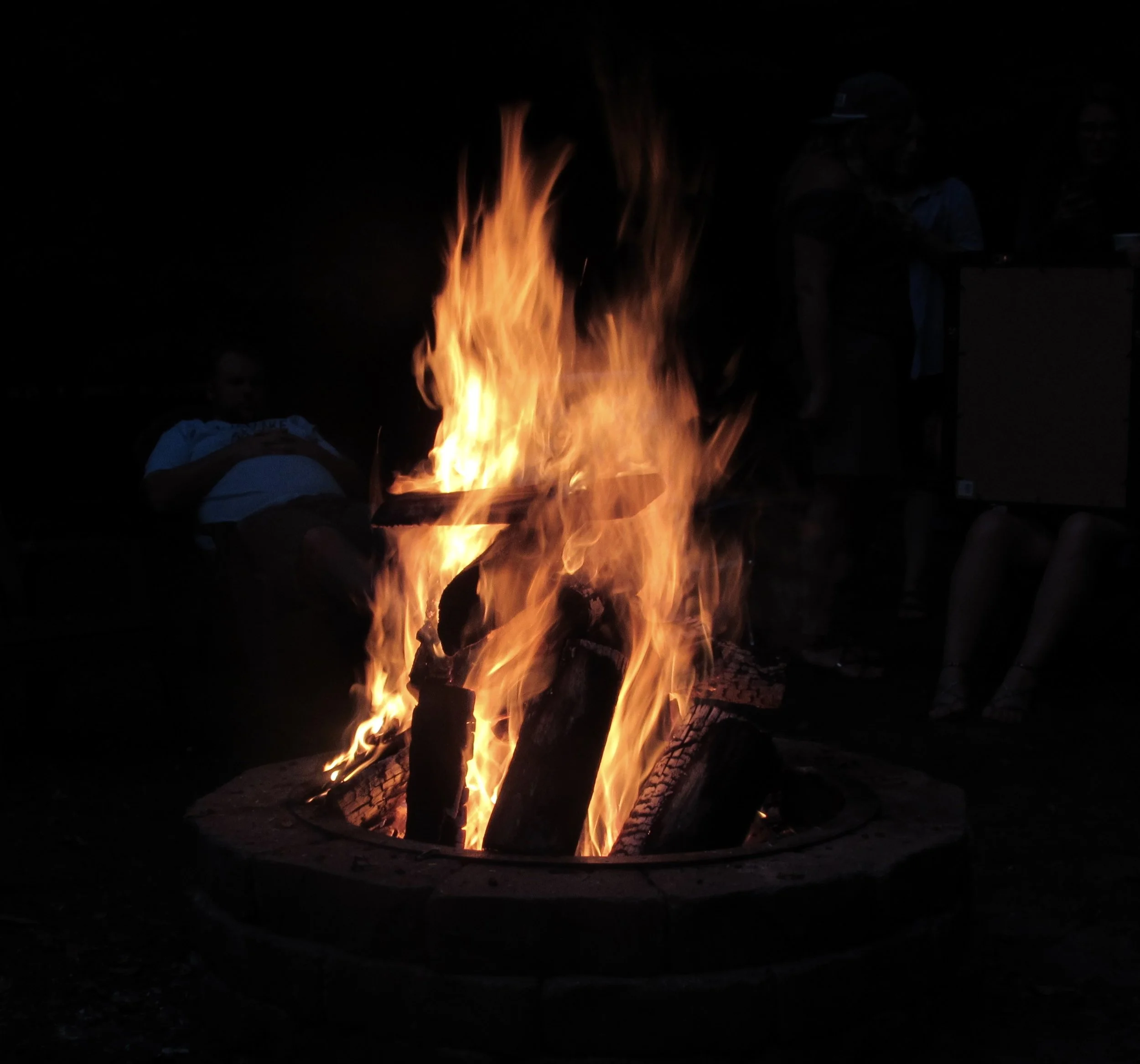I’ve used Twitter sporadically for the past few months, ever since I was invited by Chris Brogan to join. I don’t use it religiously. I can’t imagine that folks care whether I’m working in my office or waiting for the stove repair guy to arrive.
However, I have no complaints about the folks who use it. I can well remember the devotion my kids had to instant messaging when they were in high school. I’d constantly hear the “bing” of an IM arriving on sound waves wafting down the hallway from their bedrooms, and I knew they were tapping away on one earthshaking issue or another based on the constant clicking that immediately followed the “bing.”
Twitter reminds me a lot of that as I’ve checked out Twitter’s public timeline. If groups of people want to keep others up to date on what they are doing, that’s fine with me. I understand how important establishing a sense of community and camaraderie can be and how it can lead to other types of actions and relationships. Social networking can take many different forms.
I’m reminded of a time when I didn’t use instant messaging or phone based text messaging. Now they are tools I use on a regular basis, primarily with members of my own family. For example, I recently sent Number One Daughter a text message containing the serial numbers of the ink cartridges she needed for her printer while she was driving to the store. That channel just made sense at the time; just as Twitter is filling a need for others.
What I don’t like about Twitter is the interface via a keyboard based text input device. I’m impatient for different user interfaces to arrive. This feeling is reinforced by my reading of Vernor Vinge’s novel Rainbows End. Vinge, a favorite of mine, describes in Rainbows End a near future where interactive paper, wireless devices, handwriting recognition, and clothing-embedded wearable computers have made keyboards all but obsolete. I look up from reading Vinge’s book at my laptop and what comes to my mind is, “Shame on you, you sad throwback to the Twentieth Century!”
I have the same reaction to Twitter when I think of users like me thumbing or typing our brief text messages — it’s time to move on!
There’s another aspect to Twitter that I think is important. That concerns the role it plays in advertising the online or wireless “presence” of the user to selected groups of people. It’s not the same as an automatic tracking device that is always re-transmitting geographic coordinates collected from global positioning satellites, but it could be if its developers were to combine an automatic location messaging service as an option.
Clearly the expansion options through mashups are numerous and the move of large numbers of users from PC based browsing to IP enabled mobile devices might be enhanced as Twitter type presence broadcasting is combined with other portability- and mobility-enhanced services.
I also wonder, as the communications and service infrastructure surrounding mobile devices becomes more sophisticated, if there might be some interesting implications for homeland security and disaster recovery management. In the Vinge book, for example, Homeland Security devices are embedded in all wireless devices that are required by the near-future society where always-on virtual environments are created and shared as seamlessly as real world conversations.
In other words, Big Brother is ALWAYS watching you, just like the undercover intelligence boss in Pixar’s Monsters Inc. Even if legal barriers exist to revealing private and non-security-relevant conversations exist, we know that governments from time to time overstep their bounds. This is one of the reasons I would prefer not to always be broadcasting my physical location either passively or actively.
Still, in the event of a natural disaster — or a terrorist attack — it’s not hard to see the benefits of a Twitter like service that, especially if it is enabled with location information, can be used to locate, track, and communicate with disaster victims. Such a service might play an important role in managing and mitigating a disaster if used to communicate confidence- and trust-building rescue and safety information (as opposed to panic and misinformation, of course).
Hopefully, First Responders at a disaster scene will be equipped with communication devices that can communicate with whatever communication devices victims are using (assuming such devices still work). This is not currently a safe assumption and there are efforts (e.g., check out Cyren Call) to allocate telecommunicatiosn spectrum explicity to homeland security use.
So even though I think that Twitter is not terribly useful to me right now, I think it is a harbinger of things to come. (Excuse me while I post the URL of this blog post on Twitter!)
For a posting related to the above, see McDonald’s Rules of Personal Connection Behavior

